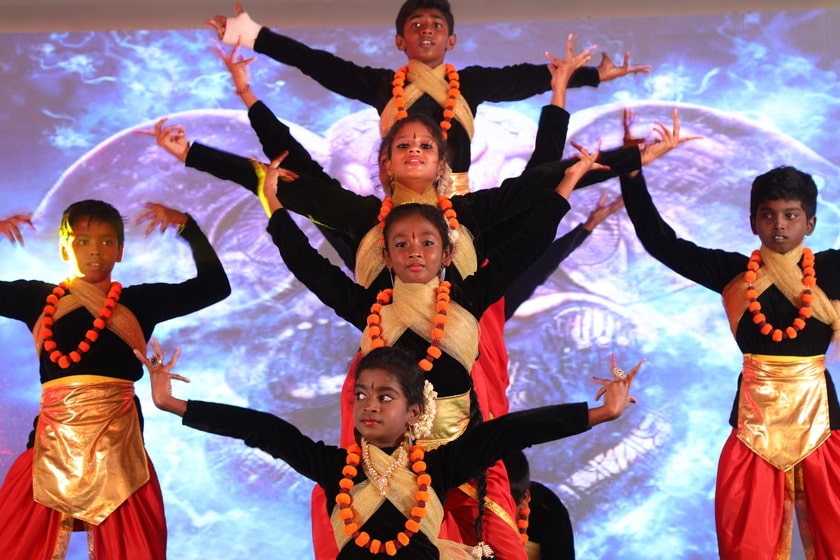Co-Curricular Activities
Visual Art
The visual art program encourages students to develop their creativity through projects that explore a wide range of materials, processes and art traditions from different cultures and throughout history.
Art excursions and visiting artists offer students a chance to appreciate visual art and learn from practicing artists and crafts people.

Dance
Dance is not limited to simply learning how to make a certain shape or memorizing a sequence of steps to music. It is a way of using the body to express and communicate. Students who participate in dance develop skills in working together as a team, maintaining focus, and improvising.
In addition to these practical skills, dance also has a personal development aspect, allowing students to recognize their potential and understand themselves better. By incorporating dance into the arts curriculum, teachers can help students appreciate the diversity of cultures and values in our society. Dance also cultivates skills in perception, observation, and concentration which can benefit students in all their academic subjects.
WHY DANCE AT MVM?

The primary objective of dance is to bring joy, and even if a child doesn’t plan to pursue dance professionally, there are numerous benefits to starting dance training early in life:
Dance classes encourage lifelong fitness as dancers can easily apply their skills to other fitness activities. Dance meets the physical fitness requirements recommended by healthcare professionals on a daily basis. By introducing physical fitness as enjoyable and simple at a young age, it establishes a strong foundation for maintaining lifelong health and fitness.
Music
There are numerous benefits associated with music education, as it has been extensively researched that learning music improves a child’s ability to learn, which can be applied to other aspects of their life. Music education facilitates the development of a child’s motor, social, and emotional skills, as well as enhances overall literacy rates.
Learning music also helps improve a child’s cognitive abilities as the rhythms associated with playing music stimulate the walls of the cerebrum, making it easier for students to understand and retain information. Playing a musical instrument involves the use of both hands, and since the nerve connections of the hands are linked to the brain, this helps activate the regulation of both the left and right hemispheres of the brain. At MVM, we offer our students a comprehensive music program that is both enjoyable and educational.
Yoga
Yoga is a remedy that addresses several contemporary issues like depression, obesity, diabetes, and panic attacks, and is not just meant for adults, but also for young children, as it can help them develop a healthier lifestyle as they mature.



Improves Overall Health
Yoga practice improves flexibility, enhances coordination, and increases mind-body awareness, resulting in reinforced learning through neural pathways.

Reduces Anxiety
School-based yoga can help students cope with stressors ranging from poverty and abuse to test anxiety, reducing the risk of mental health issues such as anxiety disorders.

Increases Memory
By providing students with the opportunity to lead yoga activities and showcase their favorite poses, they can boost their confidence and memory power.
